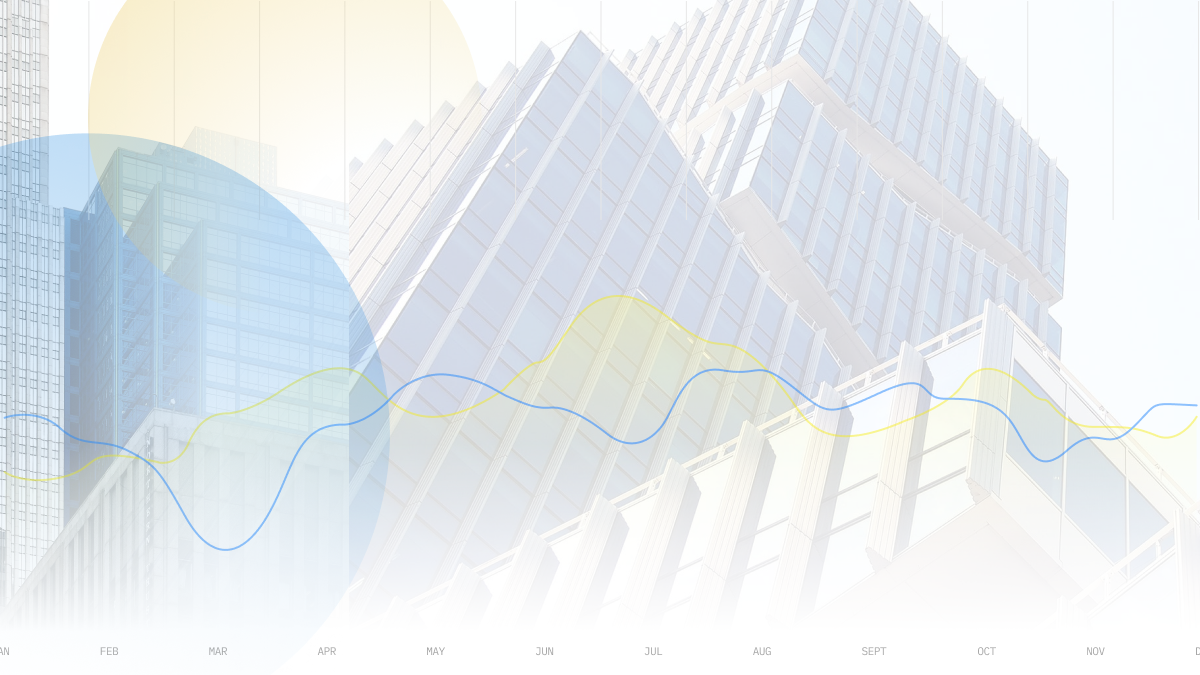




Philippines Trade Update: Trade trajectories trend along
 DOWNLOAD
DOWNLOAD

Policy Rate Updates: Double cut finale
 DOWNLOAD
DOWNLOAD

Monthly Economic Update: One for the road
 DOWNLOAD
DOWNLOAD



Iron ore little changed as China COVID risks prevail
Dec 23 (Reuters) – Iron ore futures were little changed on Friday, trapped in a tight range, as top metals consumer China grappled with widening COVID-19 outbreaks that could derail the recovery of the world’s second-largest economy and its top steel producer.
Fears of widespread COVID-19 infections have forced many businesses, notably in China’s financial hub Shanghai, to shut down, and have dampened investor optimism that had been spurred by Beijing’s oft-repeated pledge to step up policy support and stimulate economic growth in 2023.
A Shanghai hospital has told its staff to prepare for a “tragic battle” with COVID-19 as it expects half of the city’s 25 million people to get infected by the end of the year.
“The reality is that in the whole country, infections have entered the peak season. Production and other activities have stagnated,” Sinosteel Futures analysts said in a note.
Iron ore’s most-traded May contract on China’s Dalian Commodity Exchange ended morning trade 0.1% lower at 825.50 yuan (USD 118.08) a ton, and was little changed from last week.
On the Singapore Exchange, the steelmaking ingredient’s benchmark January contract was up 0.8% at USD 111.70 a ton as of 0518 GMT, trapped within USD 107-USD 113 levels this month.
Supply-side pressures, as “global iron ore shipments have rebounded significantly”, also tempered investor optimism about a price rebound next year, Sinosteel analysts said.
Steel benchmarks were largely subdued, with rebar on the Shanghai Futures Exchange up 0.2%, while wire rod slipped 0.3% and hot-rolled coil SHHCcv1 was nearly flat. Stainless steel shed 0.8%.
The blast furnace capacity utilization rate among 247 Chinese steel mills covered by Mysteel consultancy’s regular survey dropped by 0.25 percentage points to 82.39% over Dec. 16-22 from a week ago, as they reined in output amid tepid demand.
Other Dalian steelmaking inputs were under pressure, with coking coal DJMcv1 and coke down 1% and 0.9%, respectively.
(Reporting by Enrico Dela Cruz in Manila)
This article originally appeared on reuters.com





 By Reuters
By Reuters